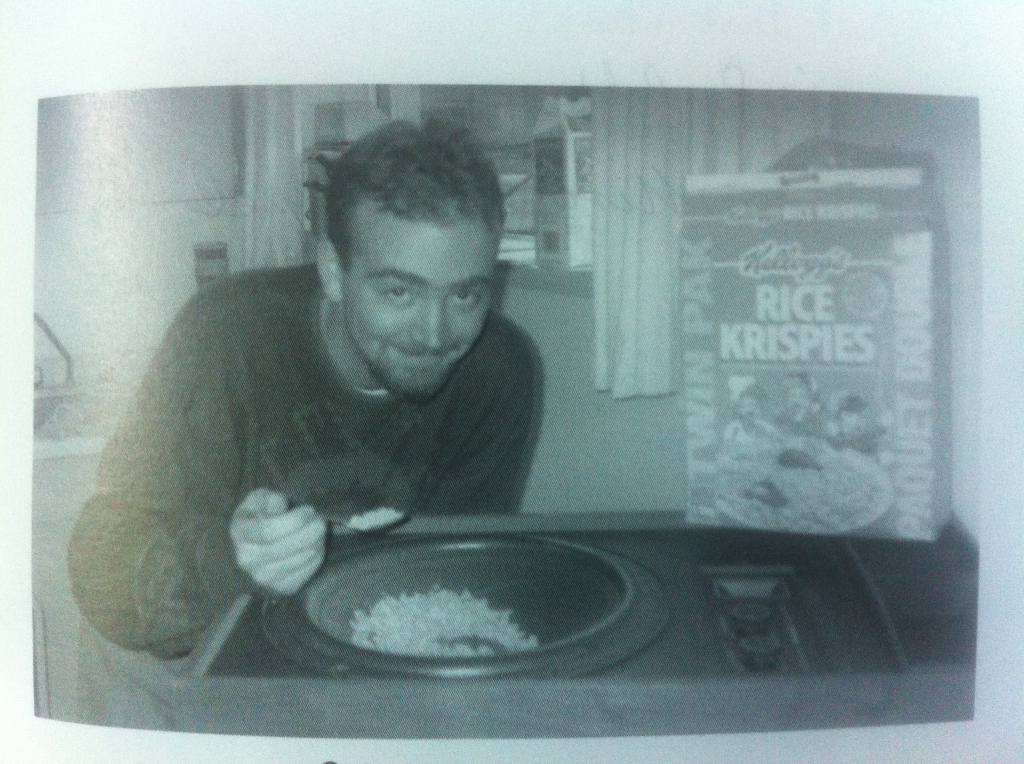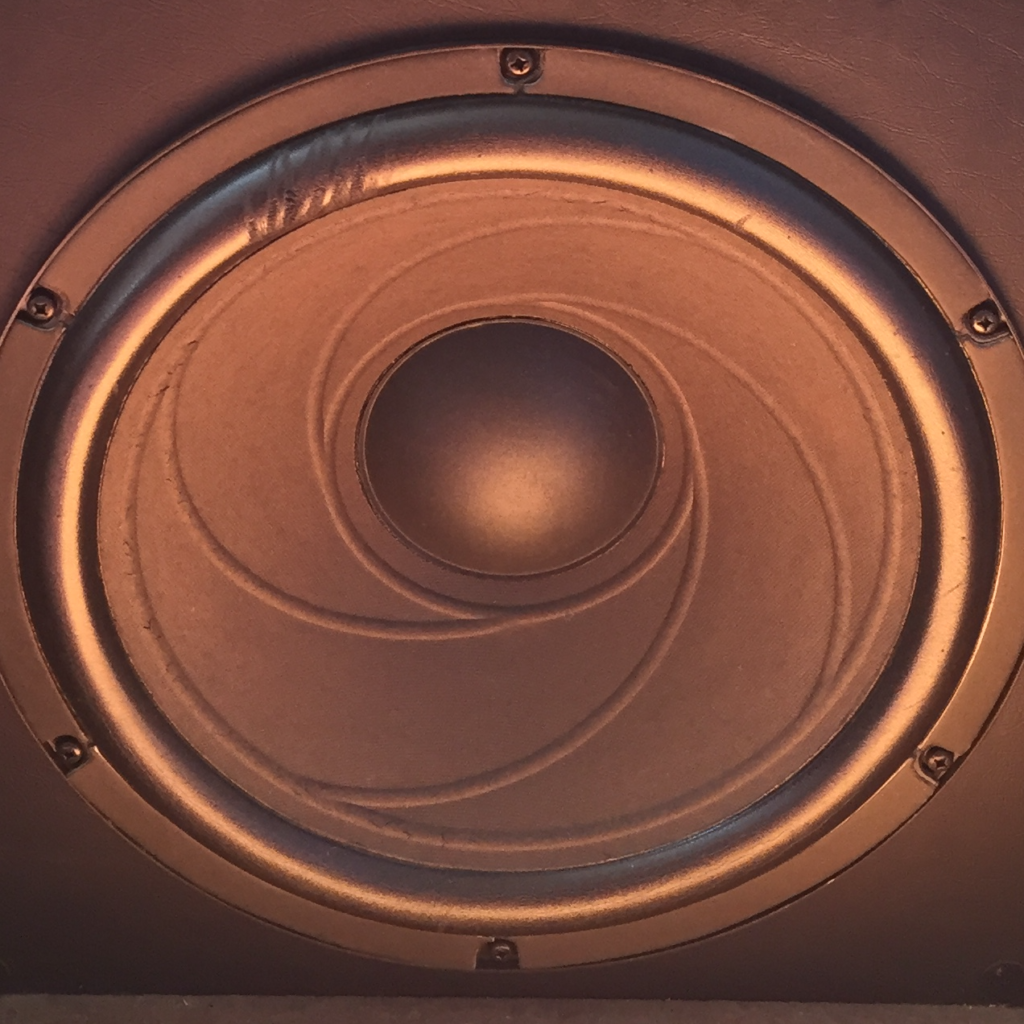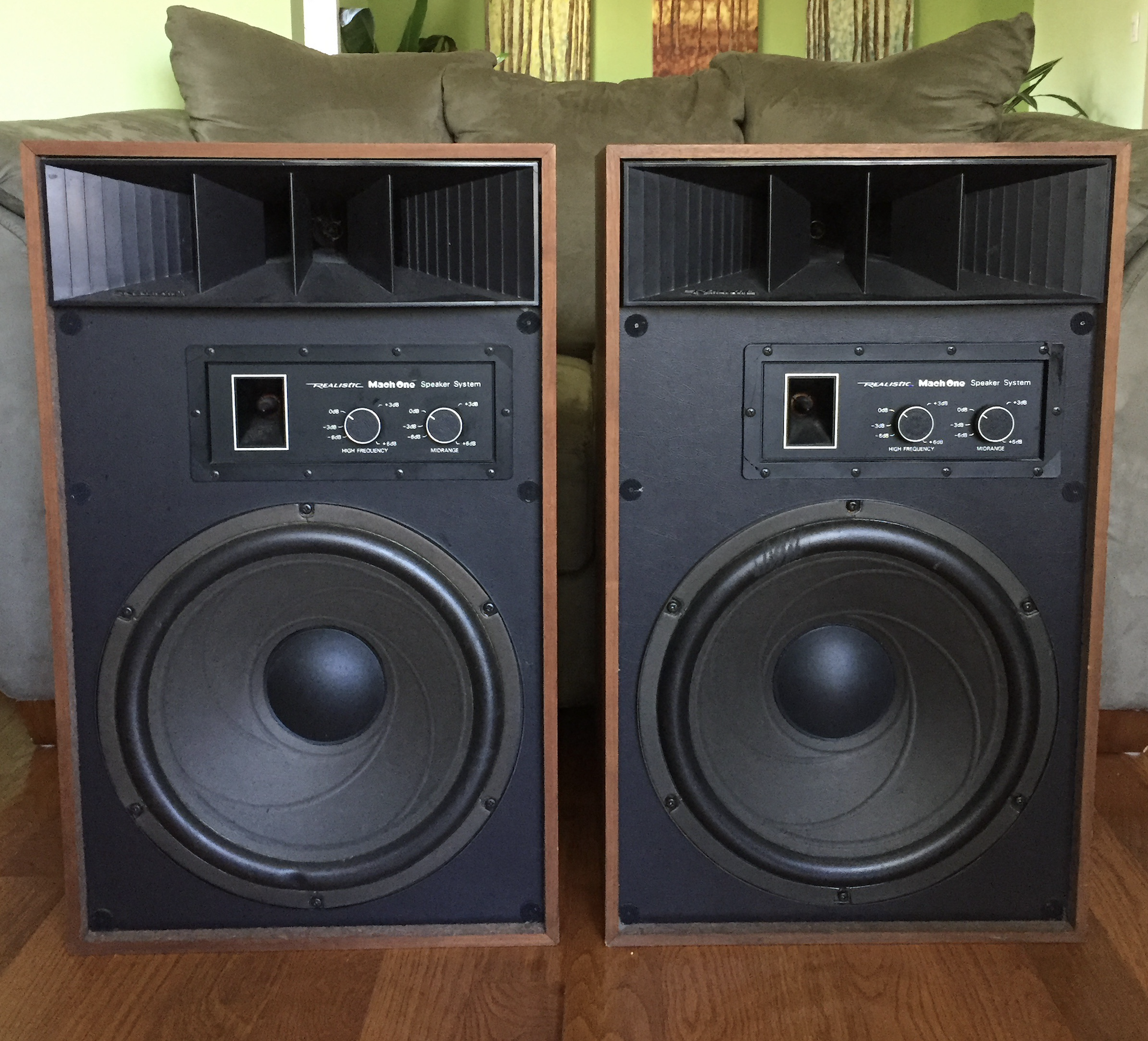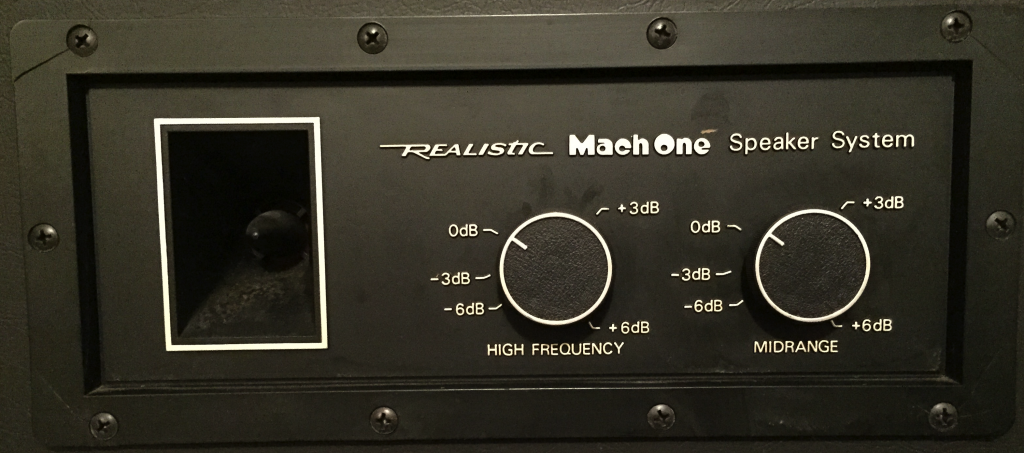Way back in the late 1970’s, Realistic produced some of the most iconic speakers in stereo history. They had their faults, but boy did these puppies rock. Their look with the grills off is hard to forget and they shake walls if connected to the right amp. Only a fool would trade today’s best speakers for these Titans of a bygone age, but many collectors have a pair in the basement hooked up to a volcano of a power amp so that once in a while they can make the house rumble like it’s 1979 all over again.
Much has changed in speaker technology over the years. Loudspeaker research in the 80s rewrote the textbook on cabinet design. Materials have shifted from wood and paper products to polymer composites. 2.1, 5.1, and newer surround audio-visual systems have largely replaced the “2 big boxes” approach to home audio. Yet, despite these changes, you can still find informed people who sincerely believe that the Mach One’s are just as good as today’s best new equipment.
This post won’t argue past vs present, but let it be known: there’s a pair of Mach Ones in the basement. 🙂

Why People Love These Speakers
Two reasons: the look and the sound.
In the age of full-spectrum stereo speaker boxes, the “15 inch” woofer brought lots of low end while two horns (mid & high range) brought a clean upper end. Two large dials allowed for adjustment of the mid & high range volume +/- 6 decibels.
The speakers sounded best with a high-powered amp running at mid or higher volume. All speakers are balanced to sound best at a given volume (for example, studio monitors vs. concert stacks) and these sound right when turned up. They sound okay at lower volumes, but are really nothing special when heard quietly. Turned up, however, they pour out a wonderful sound.
Speaker placement is important with these boxes. I’ve set up Mach Ones in several dozen rooms and they sound best in a large room with at least 15 feet of distance between the grills and the listener, preferably more. The sound also changes dramatically if they are on the floor, raised, angled, in a corner, upside down, on their sides, etc. I’ve never discovered a rule of thumb that works in every room, but when placing 4024a’s in a new room I usually start like this:
- raised 10-15 inches off the floor
- as much room between them and me as possible
- close to the room’s corners, but not right in them
- angled ~35 degrees off the back wall towards center
- not pointing directly at the listening spot (off-axis perhaps 30 degrees, or the horns “blare” too much)
- grills off, naturally…
I also generously EQ at or before the amp towards bass heaviness. On a multi-band EQ, everything below 50 Hz is boosted a lot. These boxes can deliver heavy bass, but not without EQ support and a high powered amp. Without EQ or if you’re using a low-powered amp, the sound from these boxes are quite disappointing.
Officially they sound down to 20 Hz, depending on your information source. While this is true, the response is nowhere near flat. With EQ support, this problem largely disappears. Unlike many newer speakers that simply do not sound below 35-40 Hz, the Mach Ones can give nearly full-spectrum sound in one box with a little signal modification.
As for the look of these speakers, people either love gratuitous woofer or they don’t. There is little middle ground. To my eyes, there is no finer looking speaker in the era.
Models Compared – 4024, 4024a, 4029
There is debate about which models were the best, but here’s the quick rundown on the three models of Mach Ones released by Realistic:
- 4024 – Originals, made by Tandy in 1977. Woofer has rubber surround that doesn’t rot (originals are still great in 2014). L-plate on the front uses 10 screws. Came with a lifetime warranty.
- 4024a – Same as the 4024, except made from 1978-81. Came with a 5-year warranty.
- 4029 – “Junk” according to 4024/4024a purists. Made by Optimus from 1982 to 1984. Uses different components. Woofer has a foam surround that needs replacement. L-plate on the front uses 6 screws. The “VL mods” (see “Modifications” below) only apply to this model. The resale on the 4029s is lower than 4024/4024a, and most people say that the 4029s do not sound as good as the original 4024/4024a speakers.
Basic Specifications
Impedance: 8 ohms
Response: 20-25000 Hz (no +/- db listed; sometimes “25-22000 Hz”)
Crossovers: 1200, 4500 Hz
Speakers: 15″, horn, horn
Peak: 160W
Weight: 65 lbs
Dimensions: 28-5/8″ H x 17-3/8″W x 12″ D
Original price: $400/pair (1977)
How Good Are They, Really?
I don’t listen to mine regularly, but I’ll never throw them out. How’s that for an answer?
The critics call them boomy, harsh, muddy, and generally overrated. It really depends on what they’re being compared against, what room you’re filling with sound, the amp, and the volume level. In some settings they are pure gold, while in others they’re just heavy obsolete museum pieces.
Some music where they shine includes organ music, bombastic symphonic music, and loud rock like Back in Black, Wayward Son, or the 1976 Boston album.
Compared to today’s full-spectrum high-end speakers, the Mach Ones sound slow and imbalanced. However, compared to many of today’s mid-range speakers, white van speakers, computer speakers, or speakers with bass that disappears around 40 Hz, the Mach Ones are still a good option.
Original Description
This is how Realistic described these speakers when originally released.
Realistic Mach One. The first under-$400 home speaker system with the power capacity to easily handle 100-watt musical surges and the ability to reproduce them with awesome realism. The powerful heavy-magnet 15” woofer moves such massive volumes of air you can feel the bass. The 4-cell midrange horn adds presence for that “live sound,” and its wide dispersion angle assures a good spatial image in stereo systems. The tweeter horn delivers highs so well defined they seem to hang in the air with a bell-like clarity. And a special L-C crossover network blends all speaker elements for a response free of of peaks and valleys. To prevent treble attenuation, the grill cloth is almost “acoustically transparent.” Once you’ve heard the soundtrack from a film like “Tommy” or “2001, A Space Odyssey” on the Mach One, we don’t think you’ll ever settle for a lesser speaker – especially if it costs more! 20-25,000 Hz response, 8 ohms impedance. Genuine walnut veneer finish.
Modifications / Updates
An Audiokarma.org user named “videolady201” has developed a set of upgrades for the 4029s that are ideal for hobbyists who like tinkering. Basically, the modifications flatten the response and clean up the sound. This is accomplished by drilling inside the cabinet to give the woofer cavity additional space and by altering the crossovers. I’ve never heard a pair with these modifications, but the reviewers rave.
For an introduction to the topic, see the Audiokarma thread here.
The PDF with detailed instructions, pictures, and test results is available here and here and here.
What Are They Worth?
Ultimately, they’re worth nothing if you don’t like cool speakers or don’t want 130 lbs of vintage thunder in your house.
As of 2015 in Canada, I’ve seen many pairs of 4024/4024a’s sell through online markets in the range of $300. If they’re in lousy cosmetic condition but still work, the price drops a little, but not much. The most expensive I’ve seen for “mint condition” Mach Ones where they actually sold (it wasn’t some nut way overcharging) was around $400.
If you ever find a pair at a garage sale for under $100 and they work, grab them RUN. Even if you don’t like them (…or your partner won’t let them into the house), you can likely recover your costs if you’re patient.
Other Realistic Speakers & Vintage Gear
I’ve owned several 1970s/80s Realistic components (amps, receivers, EQs, etc.) and was never excited about any of them. It’s not that they were junk, they were just fairly average. I’ve also owned a couple other pairs of Realistic speakers (Nova’s) and was thoroughly underwhelmed.
It’s possible that I didn’t fully appreciate this gear or that I didn’t put it in a setting to shine. However, I suspect it’s more likely that the 70s-80s Realistic team got lucky with the Mach Ones.
I’ve never had the pleasure of a side-by-side featuring Mach Ones with Realistic’s later models, the Mach Two or Mach 5000 speakers, so I can’t confirm or deny the popular opinion that Realistic Mach speakers went downhill after the 4024a Mach Ones. There are mixed reviews online, but I’d endure a home test if the opportunity arose. 🙂
Links Around the Interwebs
To start with, this may be the greatest quote about Realistic Mach Ones ever:
The full thread is here.
For more Mach One fun online, here are some fun places to start:
- An original advertisement poster
- Replacement woofers with interesting info lower on the page
- Radio Shack retro page
- Yet another forum conversation, including several people who think Mach Ones are junk
- Comparing 4024/4024a with 4029




